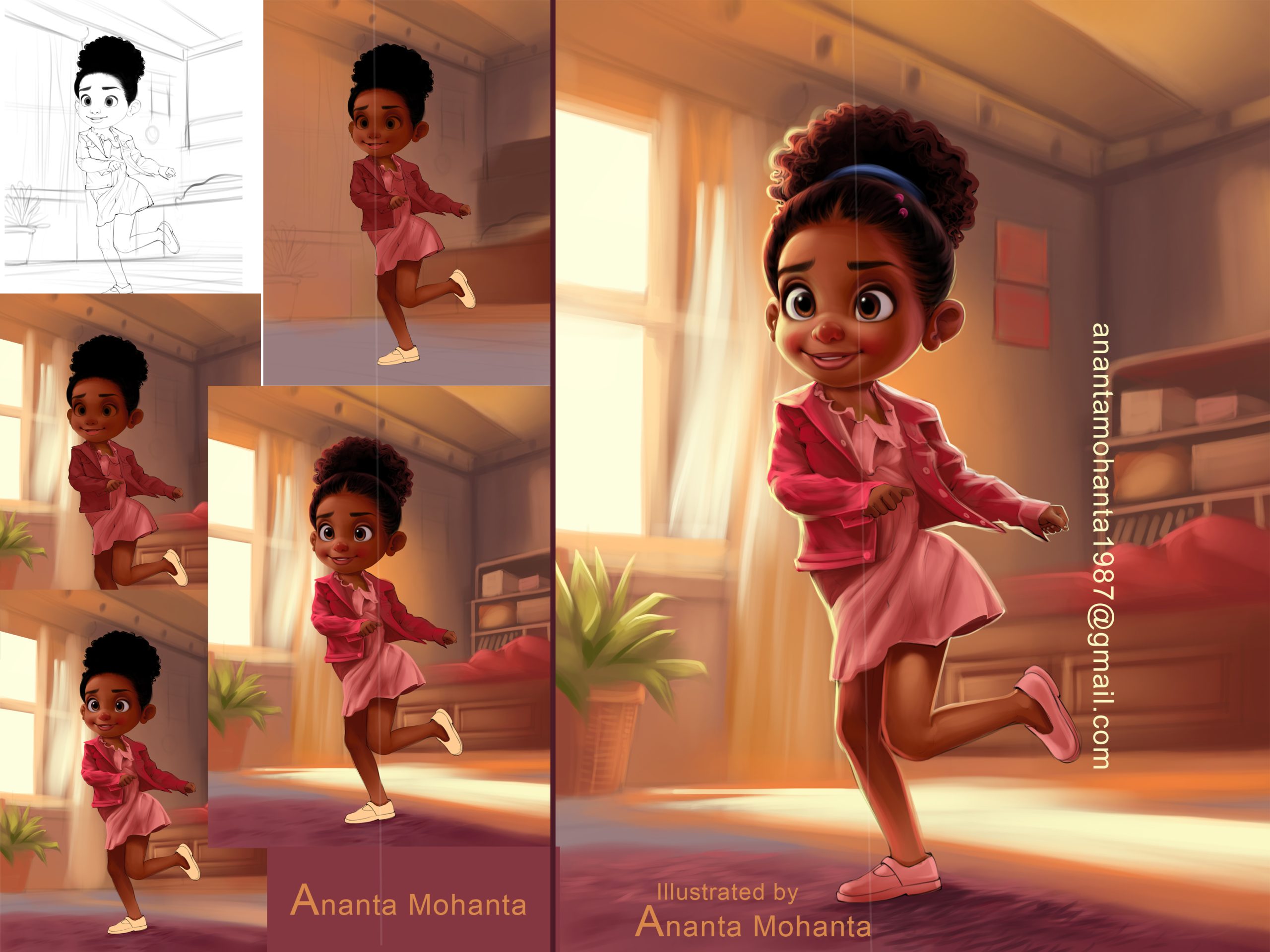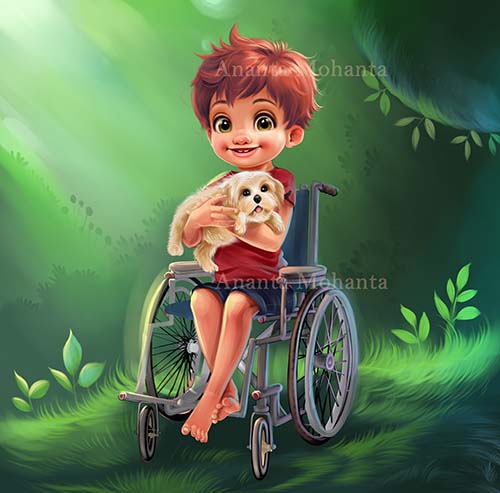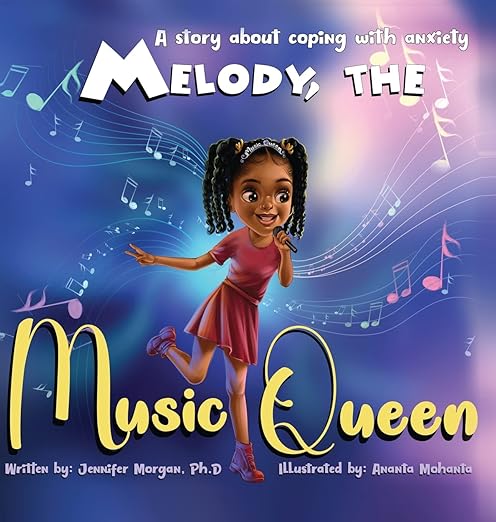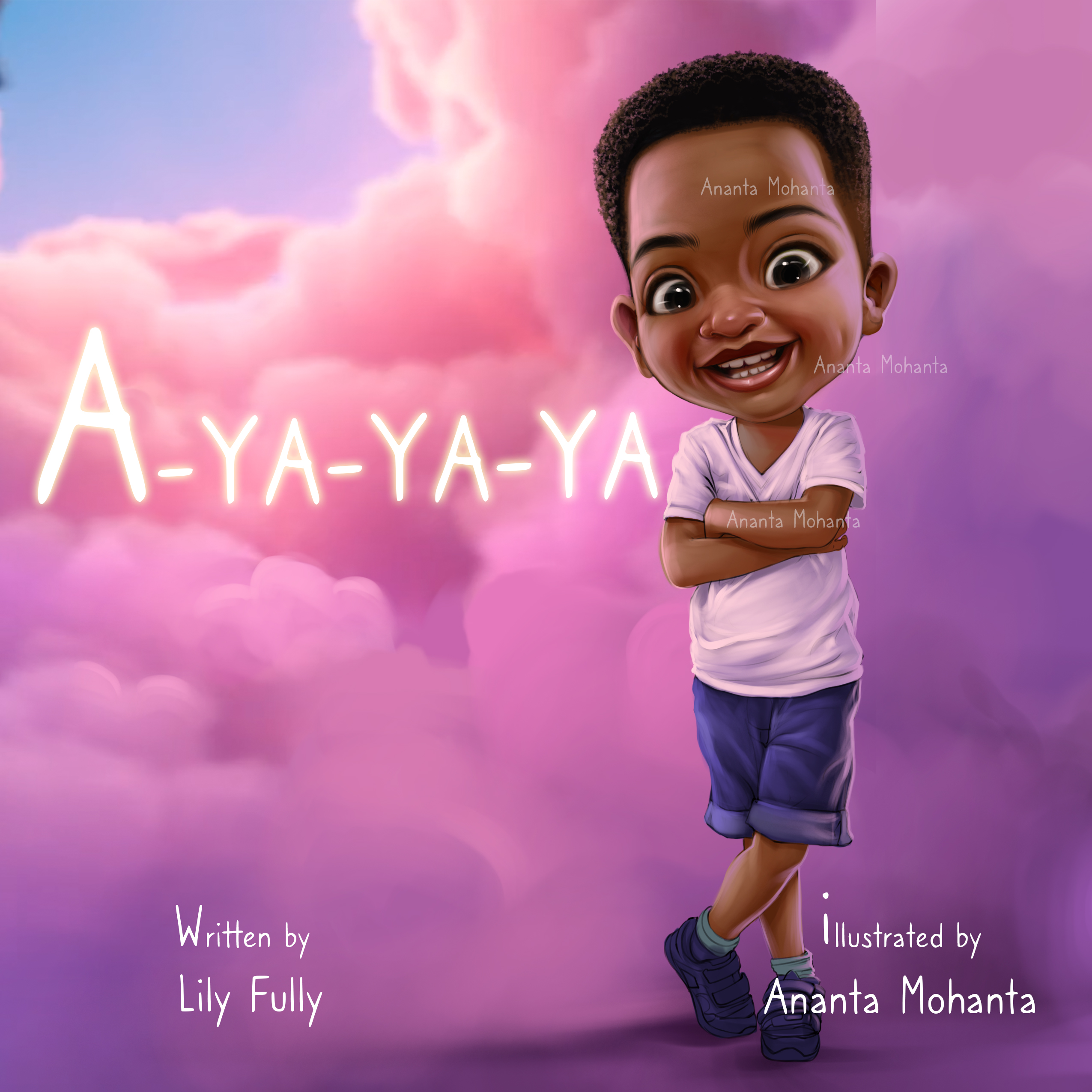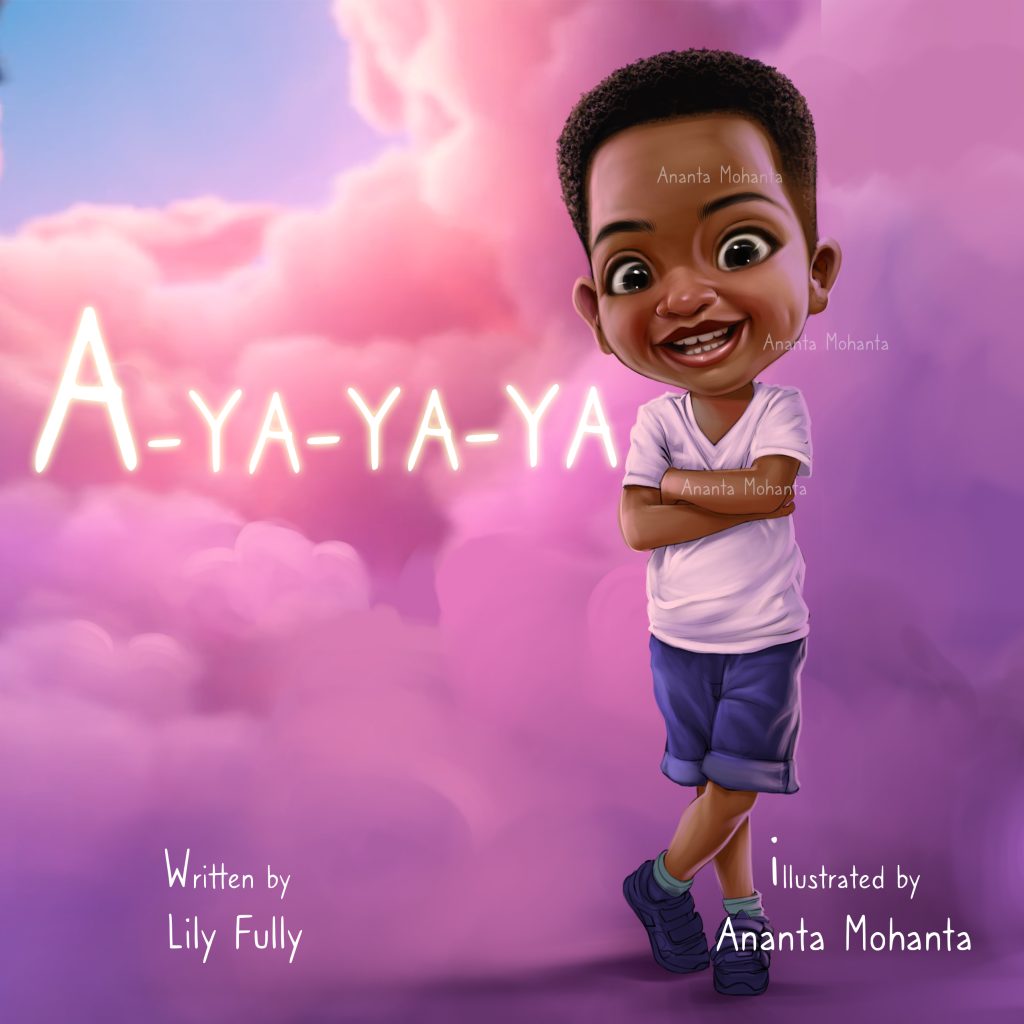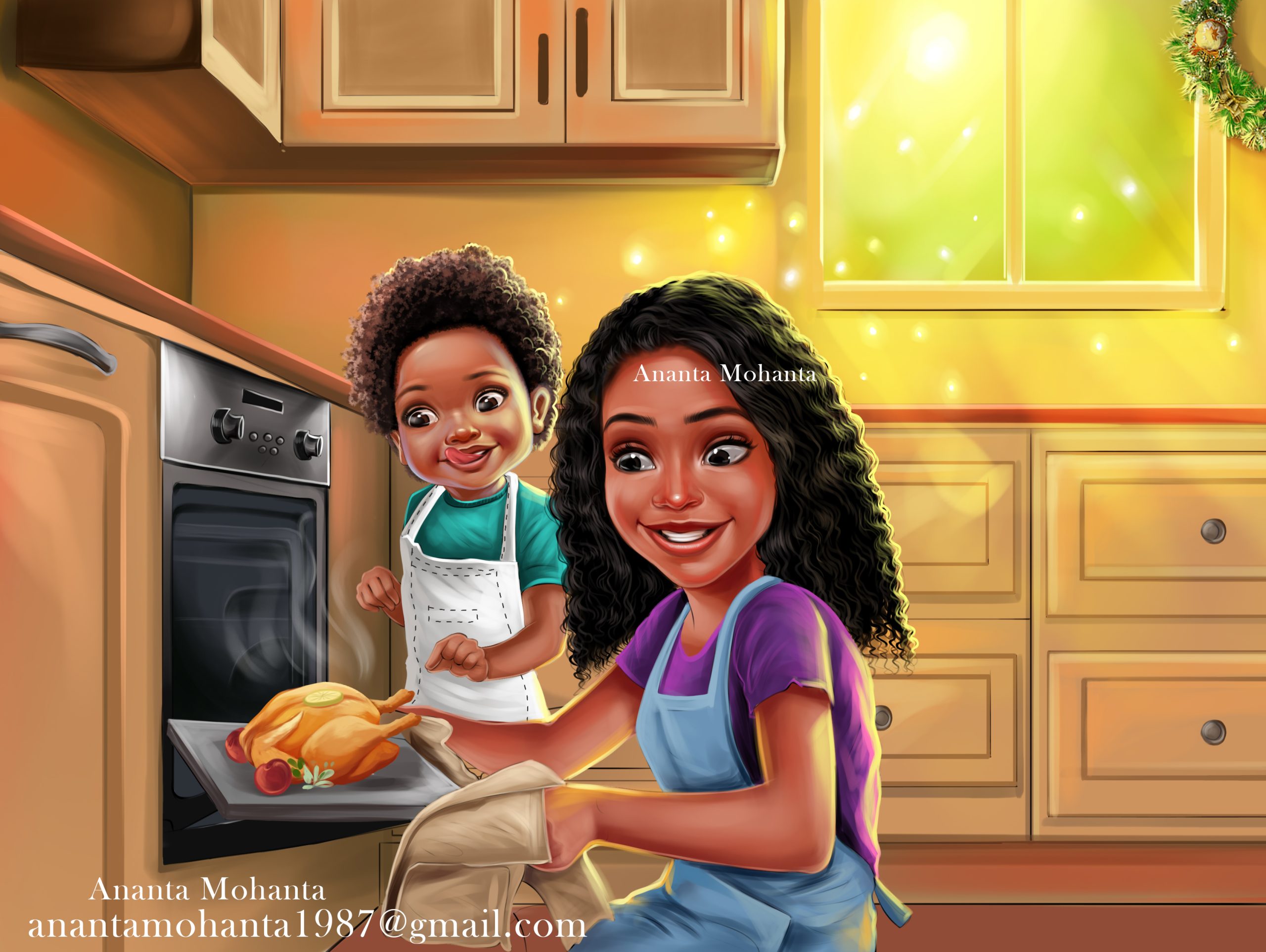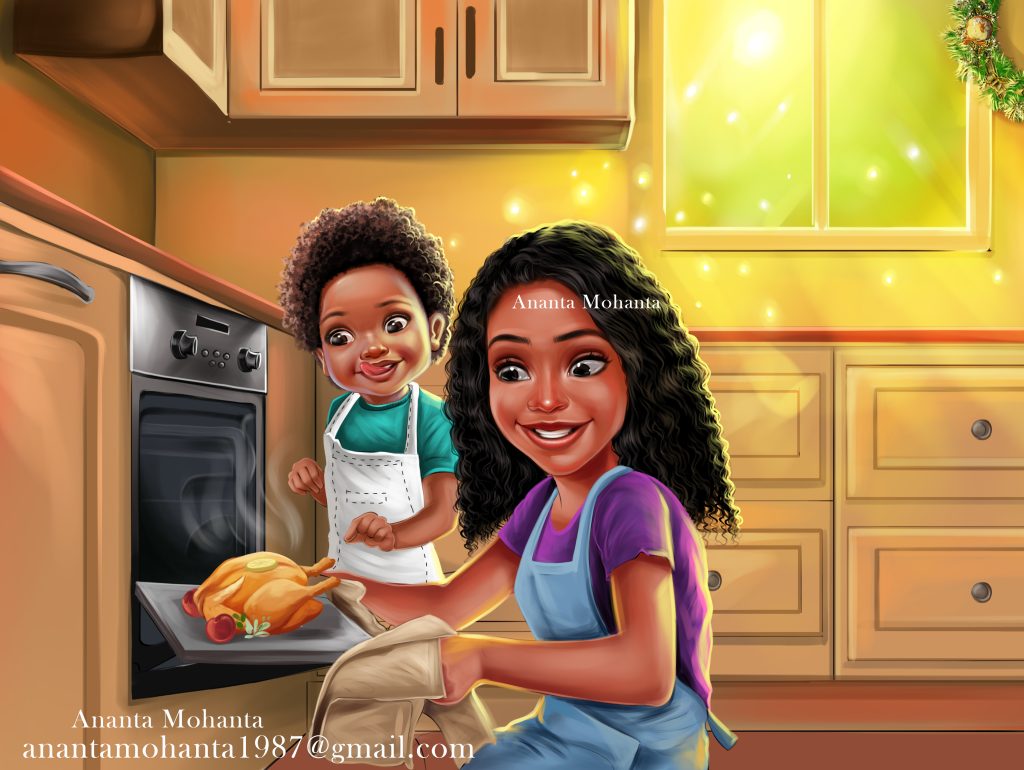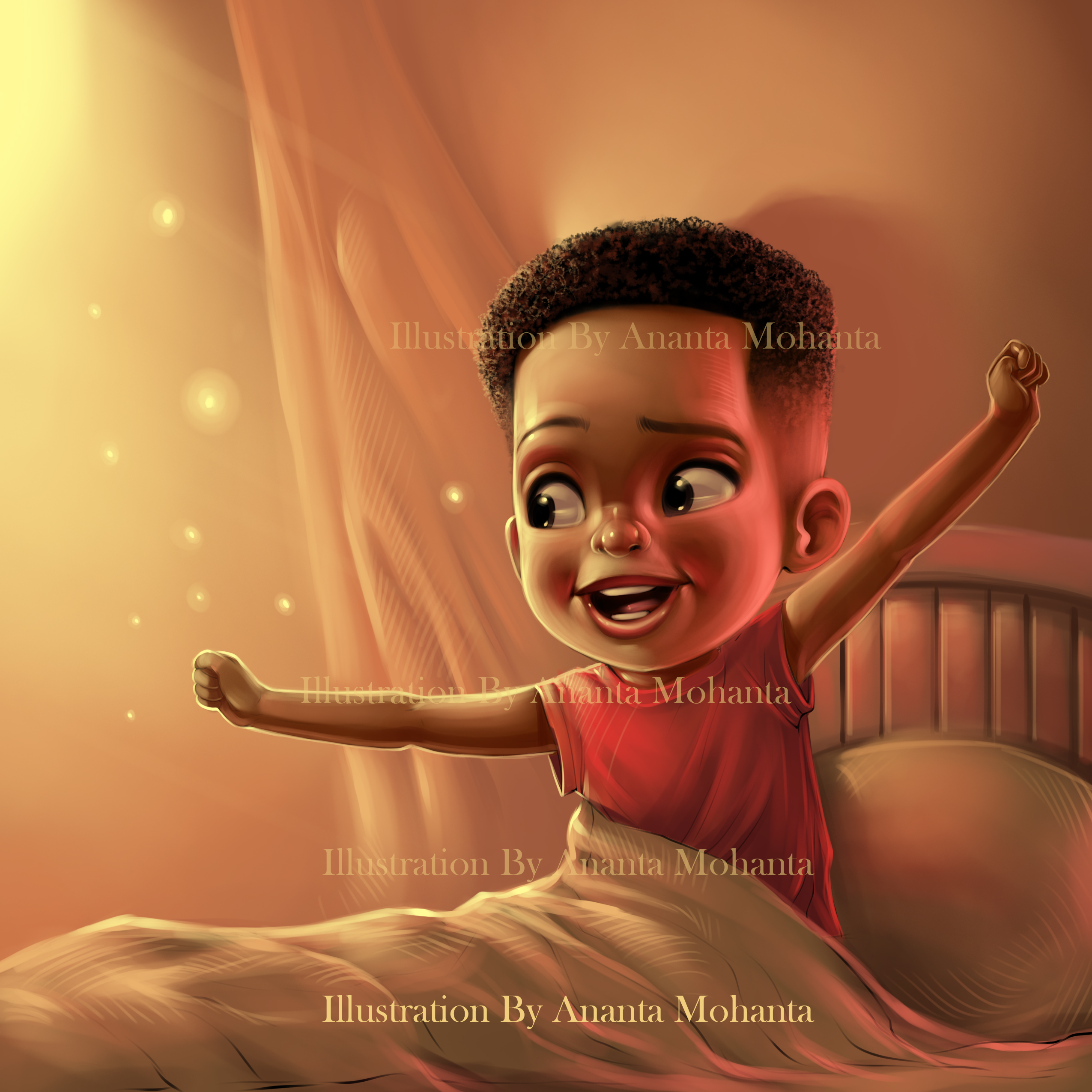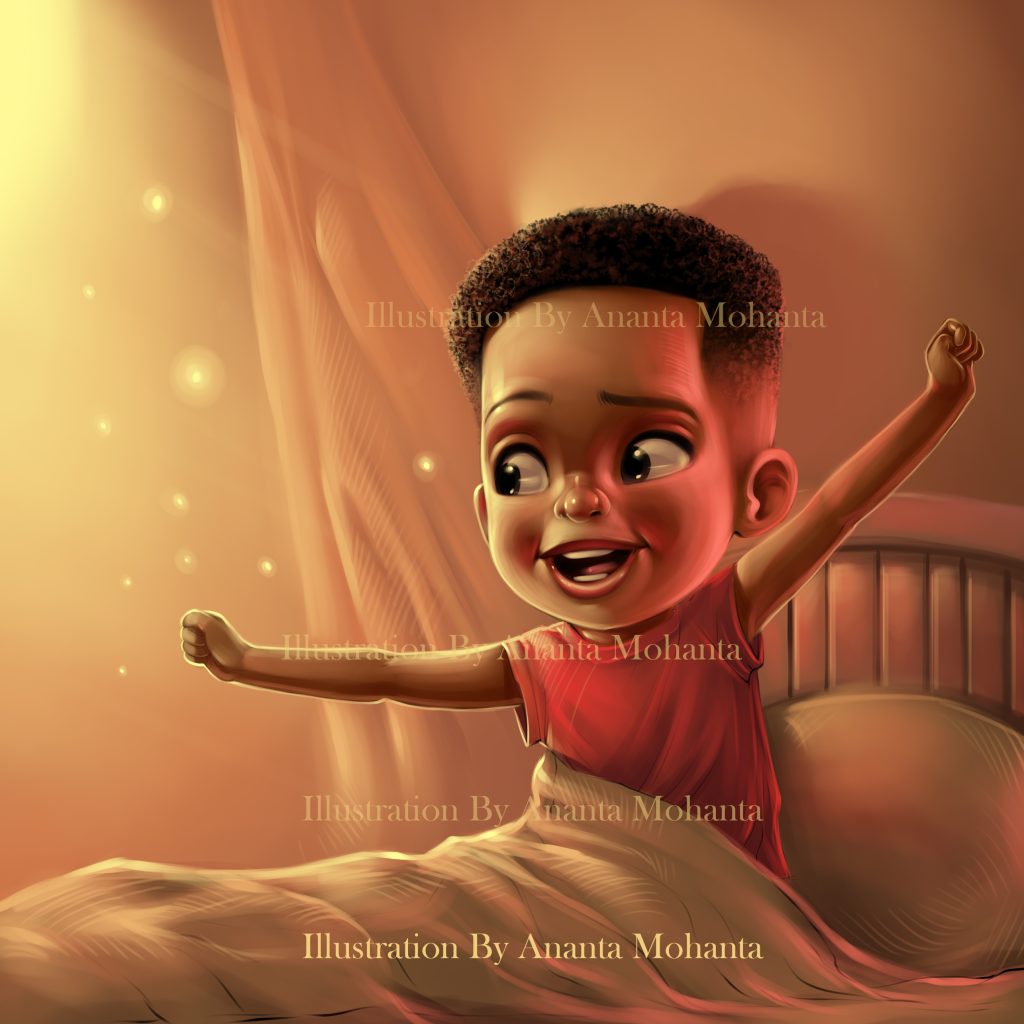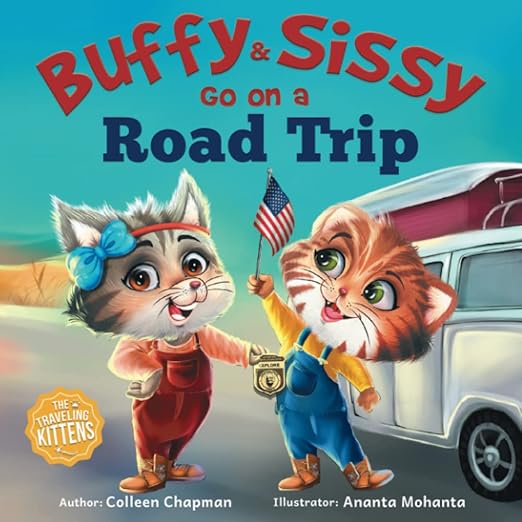10 Little-Known Children’s Book Illustration Styles That Captivate Young Readers
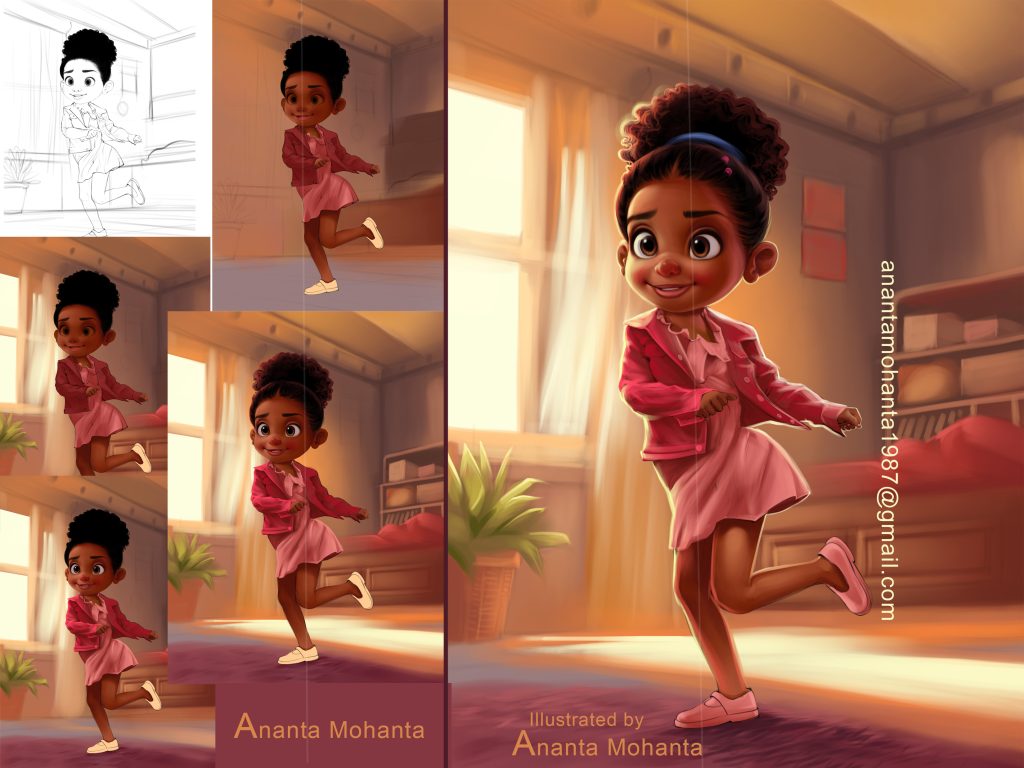
When most people think of children’s book illustrations, they often picture bright colors, soft characters, and playful lines. But the world of children’s book illustration is much broader, deeper, and more imaginative than it appears on the surface. As a children’s book illustrator with over 15 years of experience, I’ve come across many unique and overlooked styles that truly leave a mark on young readers—and even adults.
In this blog, I’ll share 10 little-known children’s book illustration styles that captivate young minds. If you’re an author, a parent, or just exploring options for a children’s book, these styles might help you figure out which kind of illustrations best match your story’s tone and feel.
- Negative Space Illustration
This clever style uses the “empty” space in a drawing to form part of the image or narrative. It grabs attention right away and lets children explore the idea that pictures can tell a story in more than one way.
For example, imagine a moonlit forest where the empty space between the trees reveals the shape of a sleeping animal. It’s the kind of detail kids love to find—quiet, clever, and full of wonder.
Some children’s book illustrators use this technique to bring a gentle surprise to the page, especially when the story leans toward emotion or poetry.
- Mixed Media Collage
Not many think of collage as a children’s book illustration style, but it’s wonderfully textured and engaging. Artists combine paper scraps, paint, fabric, and digital layers to create vibrant spreads.
Famous Example: Eric Carle’s work in The Very Hungry Caterpillar is perhaps the best-known. His style has inspired many modern children book illustrators to explore mixed media for storytelling.
This style brings a handmade, tactile feel that appeals to both kids and nostalgic adults.
- Flat Graphic Vector Style
Some illustrators for children’s books now lean into clean, vector-based styles that are crisp and modern. These are often created digitally and use geometric shapes, bold color blocks, and minimal lines.
It’s particularly effective in educational books or books that explain concepts simply—allowing children to focus on key ideas without too much detail.
When done well, it results in beautiful children’s book illustrations that are both timeless and trendy.
- Whimsical Ink Sketches
Loose, expressive ink lines filled with watercolor or soft pastels create a whimsical world that feels spontaneous and full of life. It’s often used by high quality children’s book artists who want to bring a sense of freedom to the pages.
This style works great for fantasy, animal stories, or any tale that thrives on charm and character over realism.
- Monochrome and Limited Palette
While full-color spreads are common, some children’s book illustrators for hire use a very limited color palette—or even just black and white—to powerful effect.
With fewer colors on the page, kids tend to focus more on the feeling of the story or what the characters are doing. It works especially well for quiet bedtime stories or stories that carry a deeper message.
- Woodcut and Linocut Style
This style comes from old printmaking techniques and has a bold, handmade feel. The lines are thick, the textures are rough, and the contrast is strong—which gives the pictures a lot of character.
It might not be as polished as modern digital art, but that’s part of the charm. It brings a classic, storybook vibe that works really well for folktales or timeless adventures.Though it appears simple, it takes a lot of skill to make it feel warm and child-friendly.
Few illustrators children’s book use this style today, which is why it stands out so well when it’s done right. It brings an old-world charm that’s perfect for folktales and classic-style narratives.
- Silhouette Illustration
Entire scenes are shown through black silhouettes, often layered over colorful or dreamy backgrounds. This timeless approach tells the story using shape, contrast, and suggestion.
Silhouette illustrations work well for fairy tales or magical stories, where mystery and imagination play a large role.
Some famous children’s book illustrators have used this style to bring a cinematic feel to the page.
- Naïve Art Style
This style mimics the way a child might draw—with off-balance shapes, exaggerated features, and a carefree feel. It takes great skill to pull this off professionally without making it look unrefined.
It’s full of personality and connects strongly with young readers. For authors looking for something different, this is a strong choice when finding illustrators for a children’s book.
- Photorealistic Illustration
This style looks more like real life than most children’s book art. You won’t find it in many picture books, but when it’s used well, it leaves a strong impression. It’s often chosen for serious or emotional stories—ones based on real people, history, or important life lessons.
As a children’s book illustrator, I always ask authors: What emotion do you want the child to feel? What kind of world are you inviting them into?
There are many illustrators for children’s books, but the best ones know how to blend story, style, and heart. Some children’s book illustrators prefer this style because it shows characters with realistic details.
Cartoon Style
Cartoon style has bold lines and big, funny faces that really show what the characters are feeling. The drawings are simple and fun, so kids can easily follow along. It’s a great style for stories that are full of energy and laughs.
Why Style Matters in Children’s Book Illustration
The style you choose does more than just make the book look nice — it shapes how the story feels. Some styles bring out humor, others add warmth or wonder. When the pictures fit the mood of the story, children connect with it on a deeper level. The right style can make a simple story memorable for years.
When I work with authors, I always ask: What feeling do you want the child to have? What kind of world are you inviting them into? There are many illustrators for children’s books, but the best ones know how to mix story, style, and heart.
Final Thoughts
Over the years, I’ve worked with authors from many different places, helping them turn their ideas into full picture books—each one with its own look, feel, and heart. Some authors reach out with a clear idea in mind, while others are still working things out—and that’s completely okay.
By Ananta Mohanta – Children’s Book Illustrator
To know more: www.anantaart.com
Pinterest: https://in.pinterest.com/illustratorananta/
Behance: https://www.behance.net/ananta-mohanta
Follow me on Instagram: www.instagram.com/ananta_mohanta_
X : https://x.com/AnantaMohanta6
